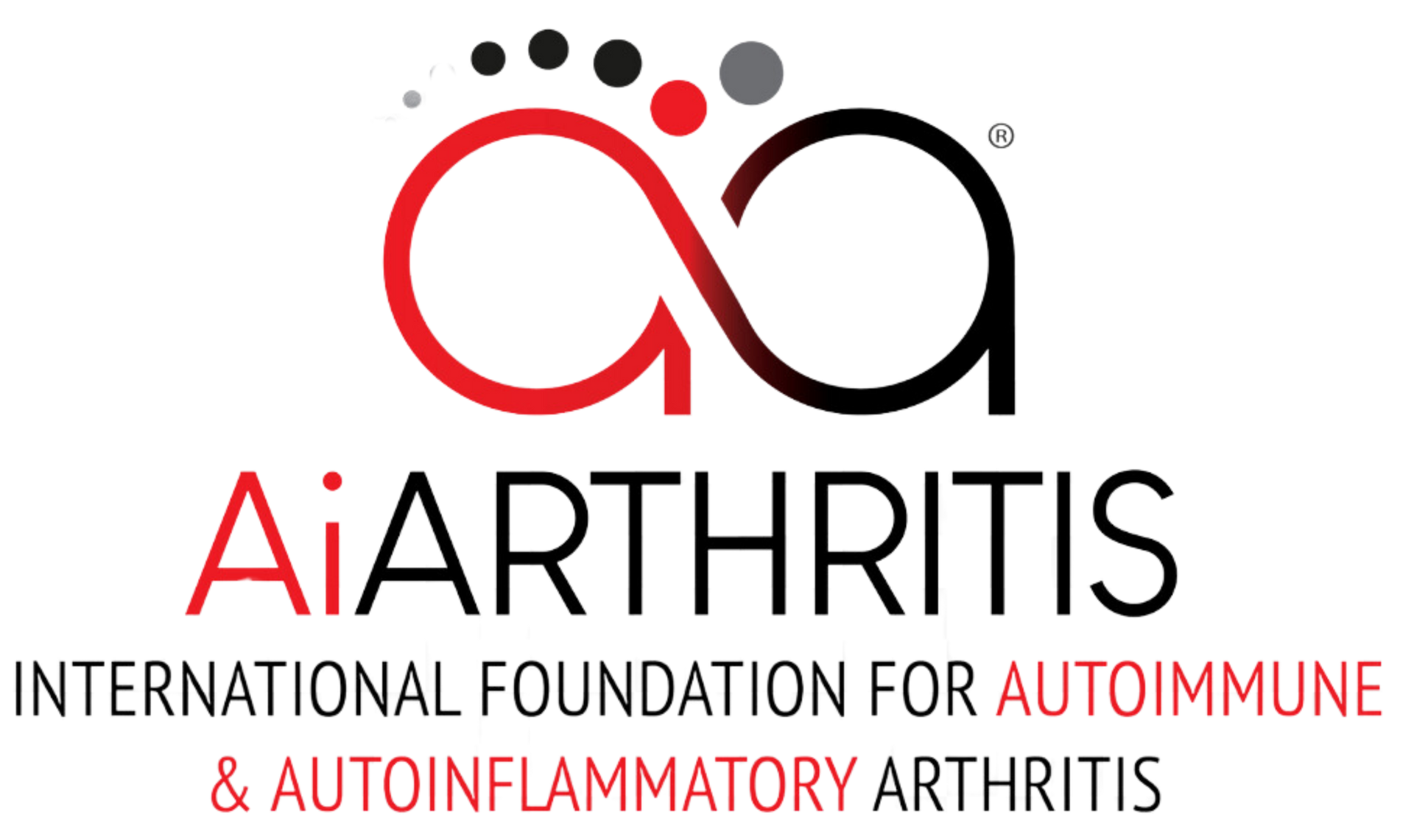Join Becky Hosey as she delves into key point insights from a recent session at EULAR 2024 on fatigue, pain, and opioid use in rheumatoid arthritis (RA) patients. With over 10 years of experience in interventional pain medicine, Becky highlights the crucial findings on the often underappreciated symptoms of pain and fatigue.
Unlocking the Secrets of Fatigue, Pain, and Opioids in RA | Becky Hosey's Insights
Key Statistics:
- 82% of U.S. RA patients report fatigue as a major symptom; 76% report pain.
- Only 26% are satisfied with their RA treatment.
Fatigue and Pain as Unmet Needs:
- Fatigue and pain are more disabling than other symptoms, regardless of whether the condition is inflammatory or non-inflammatory.
- Providers struggle to assess these symptoms because they are not visible like joint swelling.
- Potential underreporting by patients due to various reasons.
Complexity of Fatigue:
- No clear medical consensus on defining fatigue; it's subjective with various subtypes.
- Physical fatigue (low energy, muscle weakness) vs. psychological fatigue (brain fog, cognitive weariness).
- Disease control doesn't necessarily improve fatigue; 60% of patients report fatigue despite low disease activity.
Understanding Pain:
- Pain is a personalized sensory and emotional experience influenced by biological, psychological, and social factors.
- Pain doesn't always correlate with inflammation; residual pain can persist even with optimal treatment.
- Challenges in treating pain despite advancements in controlling inflammation.
Types of Pain:
- Nociceptive Pain: Arises from actual or threatened tissue damage (e.g., joint inflammation).
- Neuropathic Pain: Results from nerve damage, often responding to locally targeted treatments.
- Nociplastic Pain: Pain without clear tissue damage, often widespread and associated with sensitivity to light, sound, etc.
Recent Research:
- A study found certain gene modules in RA patients' joint fluid that grew new nerve endings in lab cultures.
- JAK inhibitors may improve pain better than some other biologics.
Fibromyalgia and Rheumatic Diseases:
- High prevalence of fibromyalgia in RMD patients (about 20%).
- Primary vs. secondary fibromyalgia: Different nerve pathways involved, which may influence treatment effectiveness.
Societal Factors:
- Patients in wealthier countries report higher pain and fatigue, potentially due to higher health expectations.
Consequences of Underappreciating Fatigue and Pain:
- Delayed diagnoses, negative impacts on quality of life, mental health issues, reduced productivity, and burden on healthcare systems.
Call to Action:
- Need for increased awareness among patients and providers.
- Importance of open communication and comprehensive assessments (PROMs).
- Tailored treatment plans should incorporate both medical and non-medical interventions.






